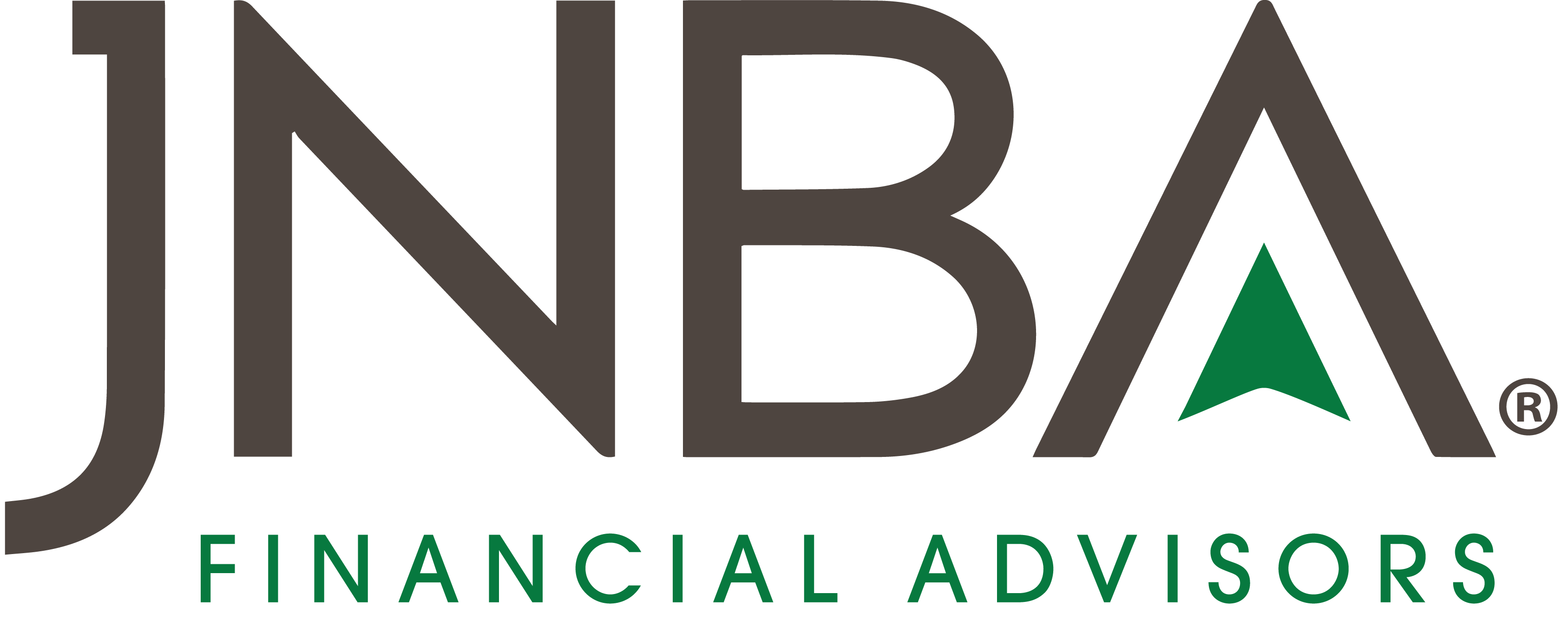For high-income earners, the journey to a secure retirement often involves navigating complex financial landscapes. Traditional retirement savings options, while valuable, may not be sufficient to fully capitalize on your earning potential. By understanding and strategically utilizing key strategies and benefits available to you, including deferred compensation plans, stock options, and after-tax 401(k) contributions, you can maximize your retirement savings to help secure a comfortable financial future.
Understanding the Challenges of Retirement Savings
High-income earners can deploy more advanced saving strategies or take advantage of compensation benefits that can impact overall financial health. For example, many traditional retirement accounts have contribution limits that may feel restrictive for those with higher earnings. Tax planning becomes crucial as well, as higher income can push individuals into higher tax brackets, impacting the overall savings strategy. In addition, employers may offer various compensation structures, including stock options and deferred compensation, which require careful management to maximize benefits. For all of these reasons and more, it’s helpful to work with a financial advisory team to help ensure opportunities are being maximized.
Key Strategies to Help Maximize Retirement Savings
Deferred Compensation Plans
Deferred compensation plans can be a powerful tool for high-income earners. These plans allow you to defer a portion of your salary or bonus until a later date, often at retirement when you may be in a lower tax bracket. Here are some considerations to leverage them effectively:
- Tax Benefits: Contributions to deferred compensation plans are made pre-tax, which reduces your taxable income in the year of contribution. This can lead to significant tax savings if you are in a lower tax bracket in retirement.
- Investment Growth: Funds in a deferred compensation plan can grow tax-deferred until withdrawal, potentially leading to larger accumulations over time.
- Plan Selection: Ensure that your plan is structured favorably, including utilizing options for investment growth as appropriate and having a clear understanding of withdrawal terms. Work with your HR department or a financial advisor to navigate this.
Stock Options and Equity Compensation
For many high-income earners, stock options and other forms of equity compensation are significant components of their overall compensation package. Maximizing these benefits can enhance your retirement savings considerably:
- Understand Your Options: Familiarize yourself with the types of stock options you have, including Incentive Stock Options (ISOs) and Non-Qualified Stock Options (NSOs). Each has different tax implications and strategies for exercise.
- Timing of Exercises: Consider the timing of exercising your stock options. By holding onto your shares for more than a year post-exercise and two years post grant, you may qualify for favorable long-term capital gains tax treatment.
- Diversification: While it can be tempting to hold onto stock options or company stock, ensure that you diversify your investments to mitigate risk. A concentrated position can jeopardize your financial security if the company’s stock underperforms.
After-Tax 401(k) Contributions
Many employers now offer the option to make after-tax contributions to your 401(k) plan. This strategy can significantly increase your retirement savings potential:
- Higher Contribution Limits: In addition to the regular pre-tax contribution limits (which are $23,500 for 2025, or $30,500 if you’re over 50), after-tax contributions allow you to contribute beyond these limits, up to the total 401(k) defined contribution limit of $70,000 (or $77,000 for those over 50).
- Roth Conversions: After-tax contributions can often be converted to a Roth IRA, allowing for tax-free growth and tax-free withdrawals in retirement, provided certain conditions are met.
Other Investment Vehicles
In addition to the above strategies, consider these options for further maximizing your retirement savings by leveraging other investment vehicles:
- Health Savings Accounts (HSAs): If eligible, contribute to an HSA. These accounts offer triple tax benefits—pre-tax contributions, tax-free growth, and tax-free withdrawals for qualified medical expenses.
- Brokerage Accounts: Use taxable brokerage accounts for additional investment opportunities. While they don’t offer the same tax advantages as retirement accounts, they provide flexibility and can be used for retirement funding.
Maximizing retirement savings as a high-income earner requires a proactive and strategic approach. By leveraging tools available through employers, like deferred compensation plans, stock options, after-tax 401(k) contributions, as well as other investment vehicles, you can significantly enhance your retirement nest egg.
If you have any questions about the nuances of these strategies, please reach out to your JNBA Advisory Team.
Due to various factors, including changing market conditions and/or applicable laws, some of the content may no longer be reflective of current opinions or positions. Moreover, you should not assume that any discussion or information contained in this blog serves as the receipt of, or as a substitute for, personalized investment advice from JNBA Financial Advisors.
Please see important disclosure information at jnba.com/disclosure






